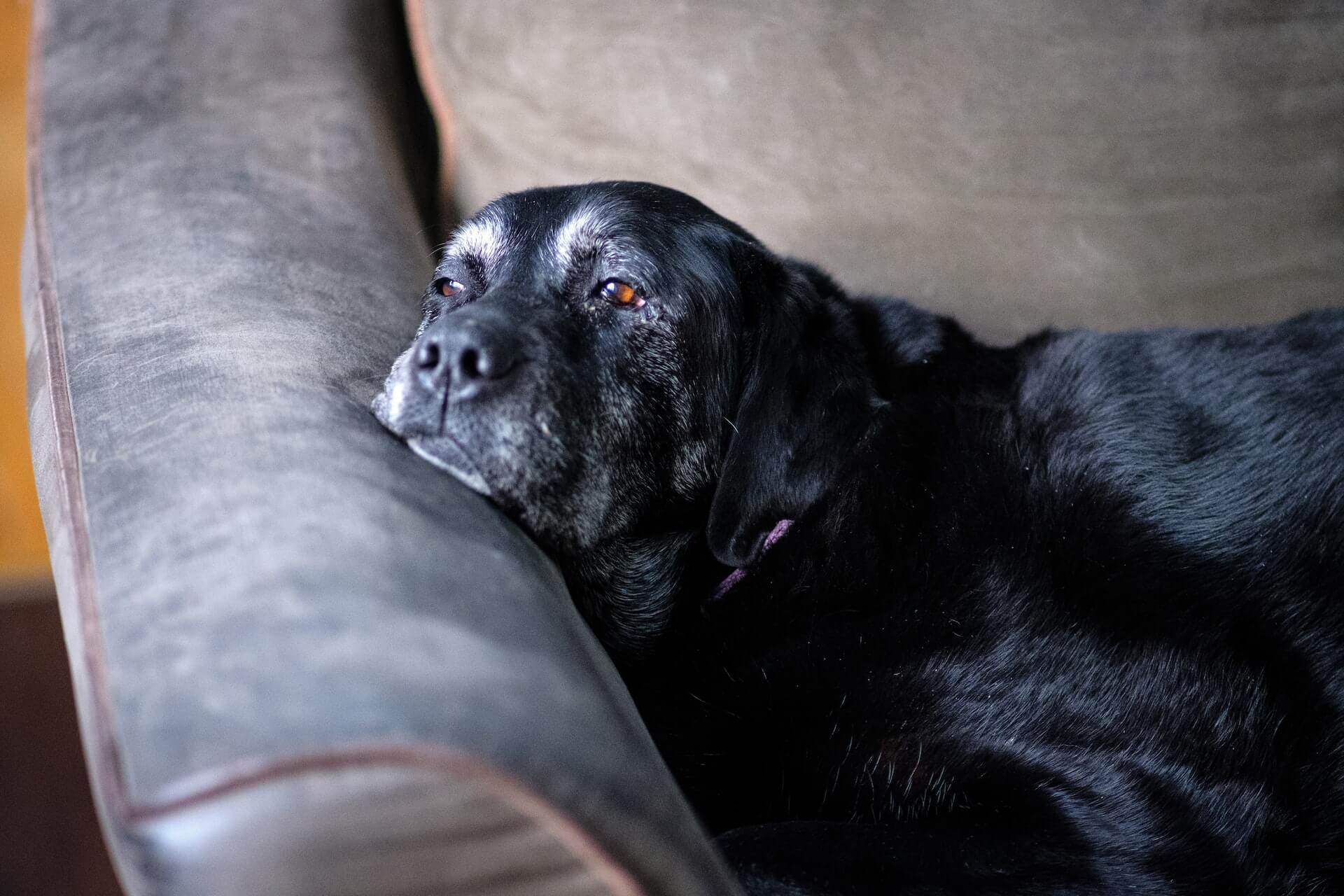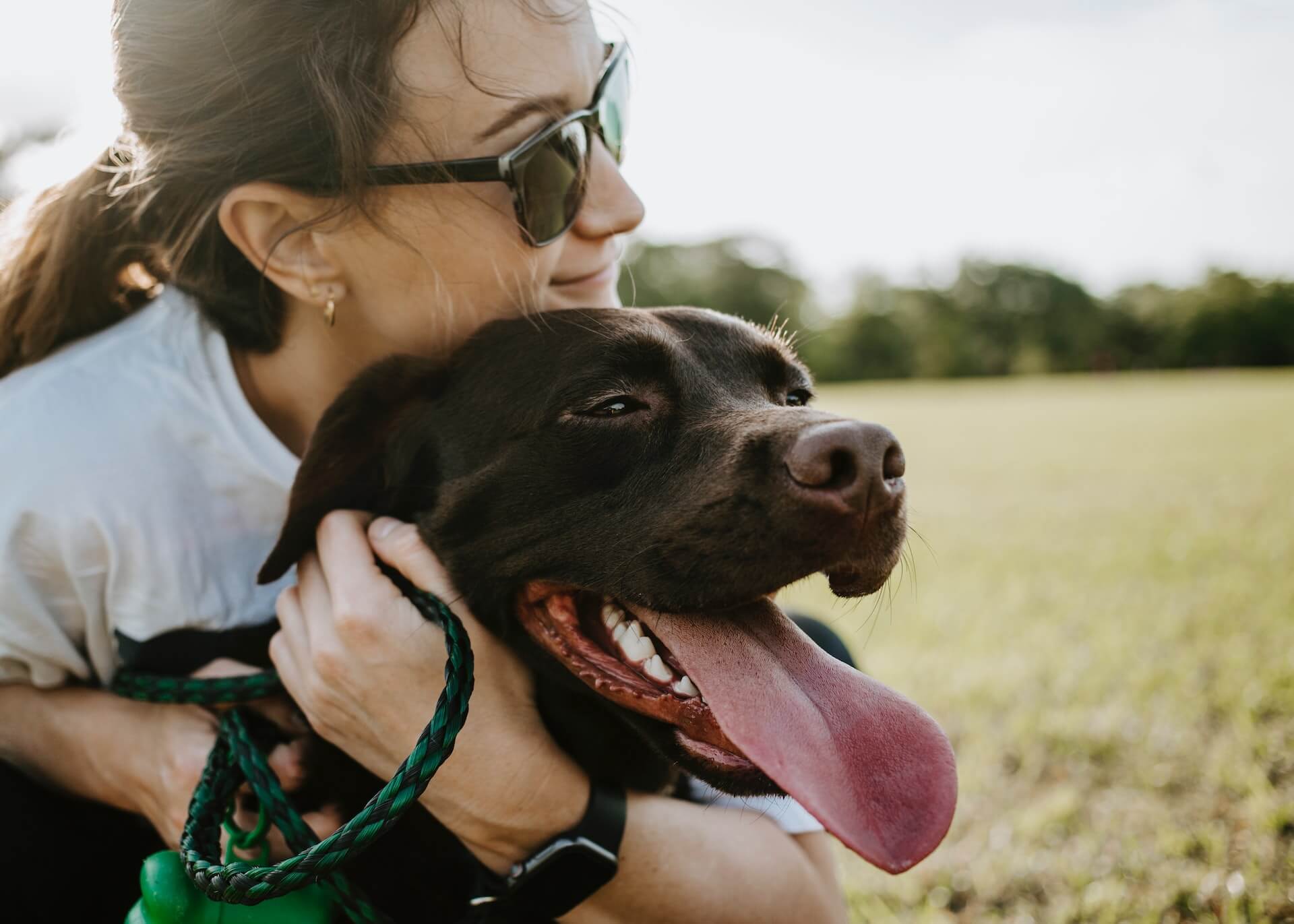Today, we thought we'd touch on a subject that isn't necessarily something any of us like to think about - pet euthanasia. Anyone who has ever owned a pet knows that they not only become a part of our families but also a part of our hearts, so losing a cat or dog can be absolutely devastating. If you know, that the time is likely approaching for you to let go of one of your senior pets, it can help to be informed about what's in store. The overall procedure might vary slightly from practice to practice, but we give you a general idea of what you can expect from pet euthanasia below.
What are some telltale signs that it might be time to let a pet go?
The ultimate decision has to be based around not just the pet, but also the family. Oftentimes, the pet will have good days and bad days, which surely makes the decision all the more agonizing. But if the bad days are such that people aren't always available to carry the dog outside, for example, and the dog loses its dignity and has to soil itself in the house, that is certainly something to take into consideration. It's really a matter of finding a balance between the burden on the family and the quality of life for the pet.
It has to be the right time for everybody; we don't want to rush it. On the other hand, we don't want to let it degrade to the point that the patient's quality of life is severely diminished. Hindsight is always 2020, but some people do hang on perhaps a bit too long and inadvertently cause more pain than was necessary. This is something that your veterinarian will be able to discuss with you and help you when you're deciding. You might begin to assess the situation on a day-to-day basis, asking yourself, "What's the quality of life here? Is my pet interacting with me like they normally would? Are they able to maintain some sort of a normal semblance of a lifestyle?"
The more they're able to do that and the more they're joyous, it's another day, another meal, and another opportunity to be with Mom and Dad! Of course, you want them to hang on, but if they're in agonizing pain and soiling themselves and refusing food, they're trying to tell you what their decision is...as heartbreaking as it is to admit.

What is the euthanasia process?
Your veterinarian will give an initial drug injection that takes away cognitive function & depresses respiration so that the pet doesn't feel pain. Once the vet determines the patient is ready, another injection is administered that ultimately stops the heart.
Do pets suffer when euthanized?
Veterinarians diminish the cognitive functions and then release their inhibitions, so it's not painful at all. Sometimes they will vocalize just because they're feeling the effects of the drugs. It's not common, but it can happen, and it does not indicate pain.

How do I prepare my pet for euthanasia? Is there anything I can do?
Just be there for them. If they're soiled and they're okay with being cleaned up and they enjoy that, that's fine. If they're not necessarily in the best presenting manner and they don't really want to be messed with, be cautious about doing anything that could increase their pain.
Be sure to protect yourself if they are going to reach out or lash out at you because you picked them up or tried to move them. If you have one, use an Elizabethan collar or slip a basket muzzle over the nose. Even dogs that have been known for their gentle dispositions can bite when they are in pain or scared. And if there's a bite incident that occurs just prior to euthanasia, there's a special required procedure that involves submitting brain tissues to local laboratories. So, ideally, you don't want to have any bites to have occurred in the past 10 days.
Just be cognizant of what their needs are. If they're having breathing difficulty, you don't want to carry them. The way you carry them is really important. You need to support them between the front legs or put them on a flat surface and carry them in on that flat surface so that they can position themselves. The reason for this is because breathing difficulty can occur with congestive heart failure dogs or lung-collapsed individuals where there's fluid in the chest. If you support them under the belly, it's hard to breathe.
How long does the procedure take?
This is something that most veterinarians understandably don't want to rush, so they're not going to schedule you 15 minutes prior to the clinic closing. You'll typically be asked to come in a half hour early or so, because the vet will want to explain what's going to occur.
Sometimes clients want to spend a little time with their pet after receiving the initial sedative injection. When they're ready, the vet will administer the second injection. If the heart and circulatory systems are working well and the patient's not in shock, it's a matter of usually less than a minute until the pet is totally unconscious, respirations are depressed, and the heart is stopped. It's shockingly quick, and many clients are surprised by this fact, so it's something veterinarians will try to make you aware of before the procedure begins.
Why do some families choose to do in-home euthanasia and some go to their veterinarian's office?
It's typically just a matter of preference. We see that in people, too, as some people make it very clear that they don't want to die in a nursing home or hospital. They want to actually go home and be in their familiar surroundings. That's just something that we in veterinary medicine have to provide to people, and we do. There are definitely options for people to have in-home euthanasia, whether you are able to schedule ahead of time with your primary vet or call a mobile service to come to your house.
Veterinarians want this to be the best possible moment it can be for you, as we know what an agonizing experience it can be.

Are there support groups for those who are grieving the loss of a pet?
Absolutely. You almost certainly have one in your area. It's a very difficult time. People are sometimes closer to their pets than they are to their family members because the pet is very forgiving, loyal, and has always been there. As veterinarians, we want people to recognize that euthanizing a pet is often one of the hardest decisions you'll have to make in your life, but also one of the bravest depending on your pets situation. If you have any questions about the euthanasia process, please don't hesitate to give us a call.
